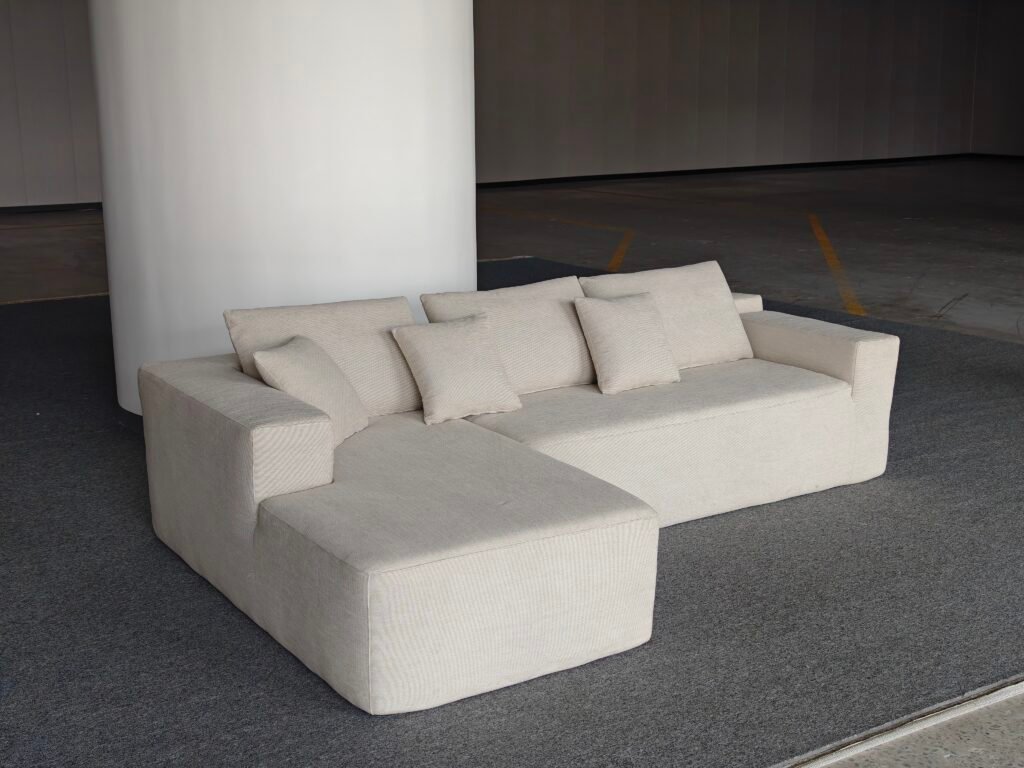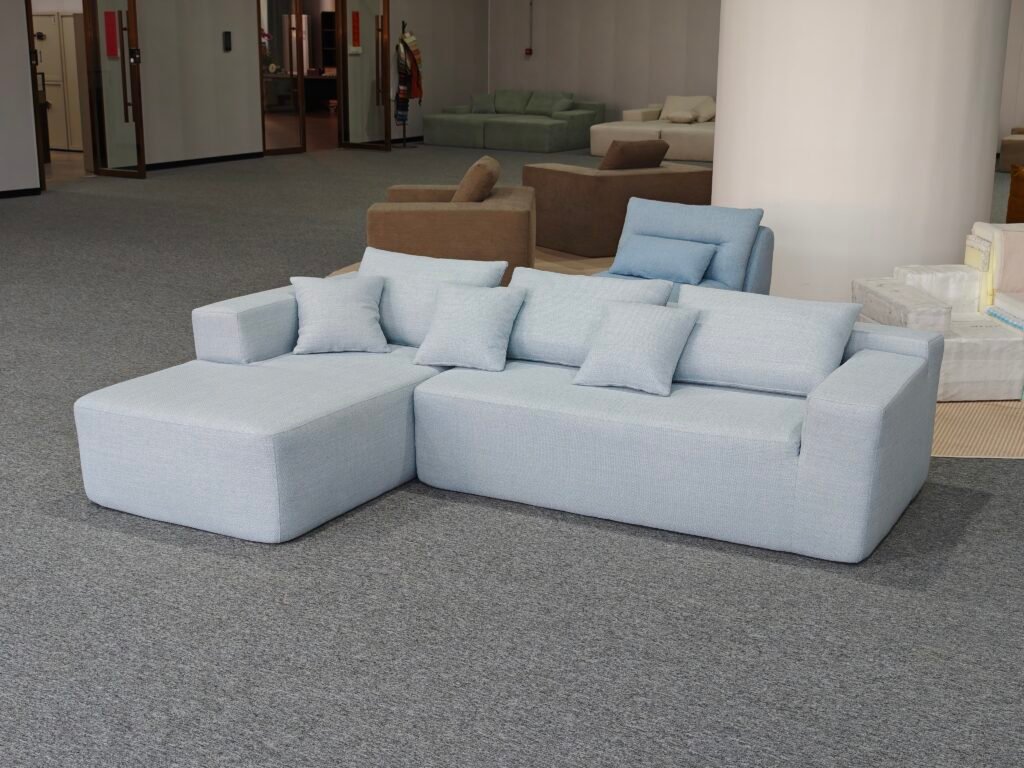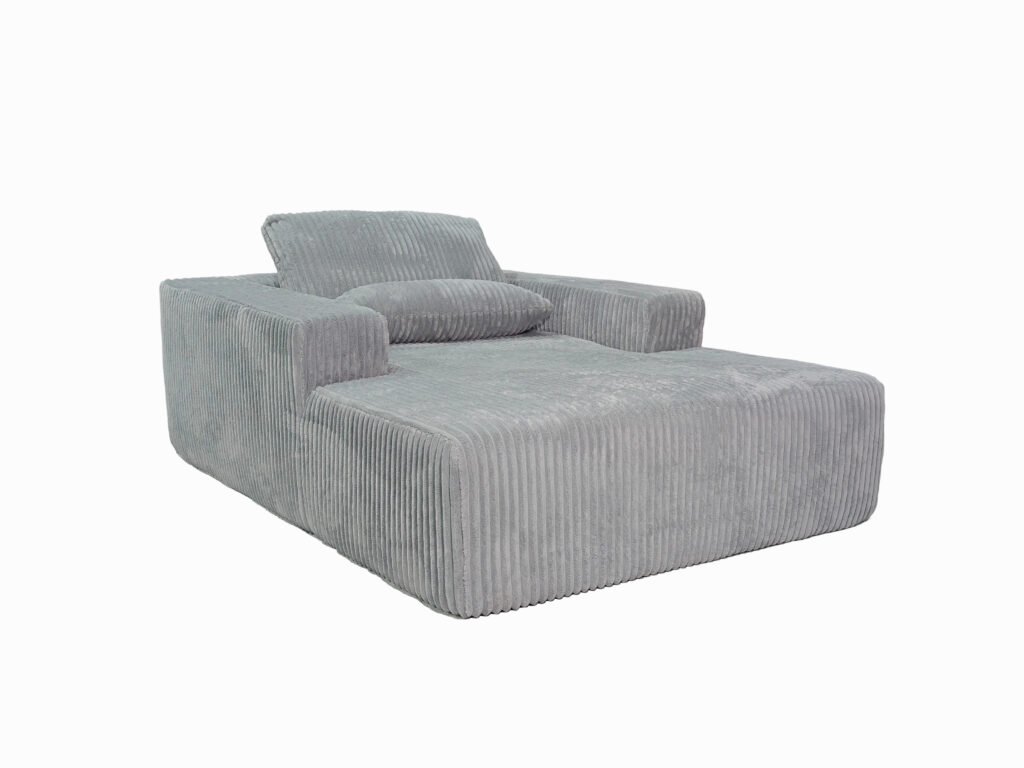
Introduction
Launching a compress sofa brand in 2025 offers significant opportunities for B2B entrepreneurs, manufacturers, and distributors seeking to capitalize on the booming demand for space-saving, innovative furniture solutions. Like the perfume industry’s emphasis on niche differentiation and premium packaging, the compress sofa sector rewards brands that combine technical excellence, market insight, and compelling storytelling. This comprehensive guide walks you through each critical step to successfully establish and scale a compress sofa brand for the B2B market, drawing on proven strategies from adjacent industries and tailored to the unique demands of furniture logistics and distribution12.
1. Conduct Market Research & Identify Your Niche
Start by analyzing current furniture market trends, focusing on the rising popularity of compress sofas in urban, hospitality, and e-commerce channels. Evaluate growth projections, sustainability trends, and technological innovations. Identify your target B2B customers—such as apartment developers, hotel chains, co-living operators, or online retailers—and understand their specific needs for size, durability, and logistics efficiency. Study your competitors’ product offerings, pricing, and branding to spot gaps and opportunities1.


2. Define Your Target B2B Customers
Segment your market by buyer type and project scale. For example:
- Bulk buyers (wholesalers, distributors)
- Project-based clients (property developers, hotels)
- E-commerce platforms and online retailers
Tailor your product features, order minimums, and after-sales support to the expectations of each segment, ensuring your brand stands out in both value and service.
3. Analyze the Competition
Research established and emerging compress sofa brands. Examine their design approaches, material choices, pricing strategies, and distribution methods. Pay close attention to their B2B marketing tactics, such as volume discounts, private labeling, and logistics partnerships. Use this analysis to refine your unique value proposition and avoid common pitfalls1.
4. Estimate Costs and Choose a Business Model
Calculate your startup and operational costs, including R&D, manufacturing, packaging, logistics, marketing, and compliance. Compare business models such as direct manufacturing, OEM/ODM partnerships, or white-labeling. Consider scalability, production capacity, and supply chain resilience when selecting your model.


5. Develop Your Unique Product Concept
Design compress sofas that address the specific pain points of B2B buyers—such as easy assembly, robust packaging, and modularity. Invest in high-quality, sustainable materials and test your prototypes for compressibility, comfort, and durability. Highlight features like customizable fabrics, branding options, and eco-friendly packaging to appeal to business clients1.
6. Design High-Quality, Functional Packaging
Packaging is critical in the compress sofa segment. Develop packaging that protects sofas during vacuum compression, shipping, and storage, while also supporting efficient logistics. Consider double-wall cartons, moisture barriers, and clear labeling for easy warehouse handling. Sustainable and branded packaging can further enhance your market appeal and align with corporate ESG goals1.
7. Select Reliable Manufacturing and Supply Partners
Choose manufacturers with proven expertise in compress sofa production, quality control, and scalable capacity. Evaluate potential partners based on their experience, customization capabilities, sustainability practices, and ability to meet B2B volume requirements. Secure supply agreements that support both small-batch testing and mass production as your brand grows.


8. Register Your Business & Ensure Compliance
Formally register your business as an LLC, corporation, or other suitable entity. Ensure compliance with relevant furniture safety, fire, and environmental regulations in your target markets. Obtain necessary certifications and maintain up-to-date documentation to build trust with B2B clients and streamline cross-border transactions1.
9. Build a Compelling Brand and Marketing Strategy
Craft a brand story that emphasizes innovation, sustainability, and reliability. Develop a professional website optimized for B2B sales, including detailed product specs, logistics options, and case studies. Leverage social media platforms like LinkedIn and industry-specific channels to reach procurement managers and decision-makers. Offer downloadable catalogs, virtual showroom tours, and personalized consultations to engage potential buyers1.
10. Establish Retail & Distribution Channels
Identify and secure your primary sales channels—whether through direct B2B sales, online marketplaces, trade shows, or partnerships with established distributors. Offer flexible order quantities, private labeling, and white-glove delivery options to attract a wide range of business clients. Implement clear pricing structures and volume discounts to incentivize larger orders.
11. Launch, Monitor, and Scale
Start with a soft launch or pilot program targeting key accounts or industry events. Collect feedback, monitor product performance, and adjust your offerings based on real-world data. As your brand gains traction, scale up production, expand your distribution network, and continuously invest in product innovation and customer service.
Conclusion
Launching a compress sofa brand for the B2B market requires a strategic blend of market research, product innovation, robust supply chain management, and targeted branding. By following these steps and focusing on the unique needs of business buyers, you can build a resilient, scalable brand that thrives in the competitive furniture industry of 2025 and beyond.